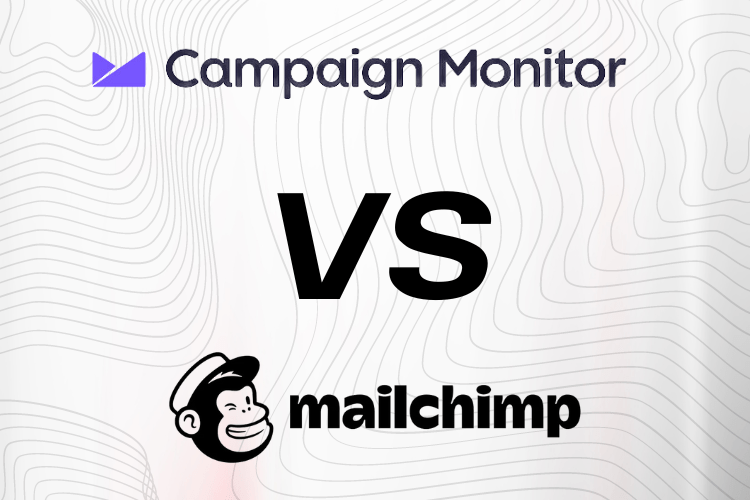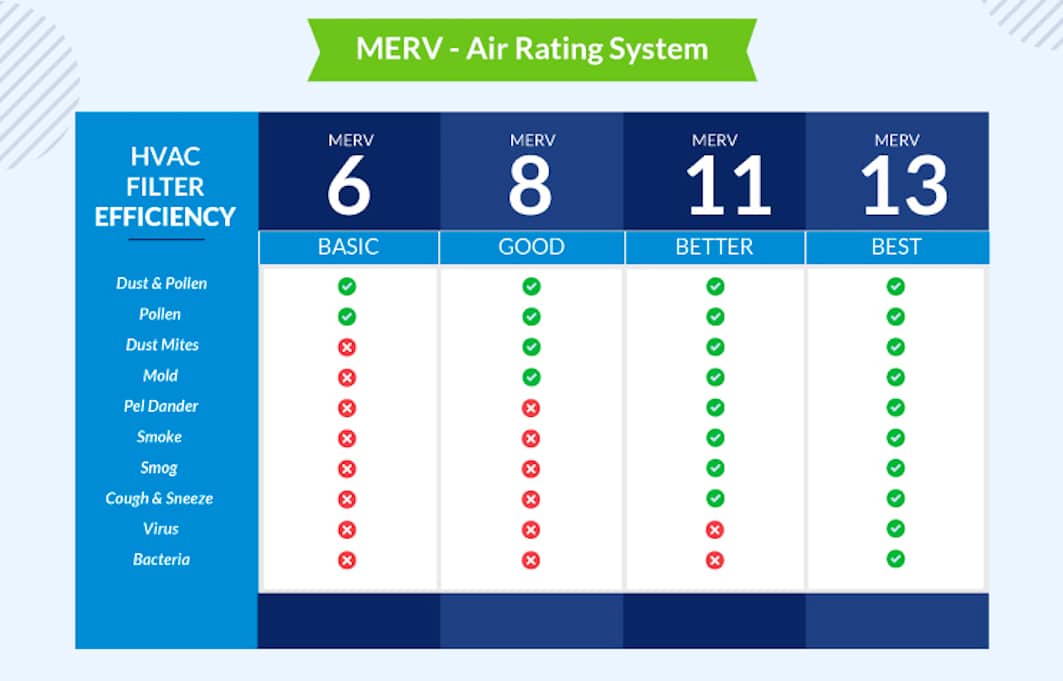Campaign Monitor vs Mailchimp: 5 Major Differences

Email marketing services like Campaign Monitor and Mailchimp allow businesses to design, send, and track email newsletters and campaigns.
While the two platforms share some similarities, there are key differences when it comes to pricing, features, ease of use, integrations, and deliverability that users should understand before deciding which solution best fits their needs.
In this in-depth comparison, we will analyze five major differences between Campaign Monitor and Mailchimp to help you determine the best email marketing provider for your business.
#1: Pricing and Plans
One of the biggest considerations when choosing an email service provider is pricing. Campaign Monitor and Mailchimp both offer free plans for small lists, but their pricing structures beyond that differ significantly.
Campaign Monitor has just three paid plans – Basic, Pro, and Enterprise. Pricing is based primarily on the number of subscribers and emails sent per month. Features and support levels scale up accordingly between the plans. For example, Basic supports up to 5,000 subscribers and 75,000 emails per month while Pro handles up to 50,000 subscribers and 1 million emails per month.
In contrast, Mailchimp offers four paid plans – Essentials, Standard, Premium and Enterprise. Pricing is based on number of subscribers and contacts in your audience database as well as emails sent.
Lower tier plans have limits on contacts and emails while Premium and Enterprise have unlimited contacts and emails. Feature access also varies across Mailchimp’s plans.
When choosing between the two providers, you need to assess your current and future email volume and list size, as well as desired features to determine the best financial fit. Those with very large lists may find enterprise plans cheaper with Campaign Monitor while self-serve tiers can be less expensive at Mailchimp with smaller lists.
#2: Ease of Use
For small business owners and solopreneurs new to email marketing, ease of use in creating campaigns and newsletters can be critical when evaluating Campaign Monitor vs Mailchimp.
In this category, Mailchimp is generally regarded as being more user-friendly and intuitive, especially for beginners.
The platform’s drag-and-drop editor and template selection make it very simple to put together professional-looking emails without any design experience. Automation features also allow you to trigger emails based on subscriber behaviors and take some of the workload off your plate.
Campaign Monitor provides ample templates and an easy editor as well, but initial setup and learning how to use its tools tends to have more of a learning curve.
However, Campaign Monitor makes up for this with superior deliverability and advanced functionality for more technical users. The platform does better at scaling to accommodate higher volumes and complex needs.
So when it comes to simplicity right off the bat, Mailchimp has an advantage. But skilled email marketers may outgrow it more quickly in favor of Campaign Monitor’s robust offerings.
#3: Integrations and Connections
Expanding the capabilities of your email marketing solution through integrations with other apps and platforms should also weigh into a purchasing decision.
Here Mailchimp edges out Campaign Monitor when it comes to its ecosystem of connected tools and integration marketplace. Mailchimp offers over 800 direct integrations with popular CMS platforms like WordPress and Shopify, CRM tools, e-commerce backends, and marketing automation software.
This makes it easy to connect subscriber data across systems for centralized management and insights.
By comparison, Campaign Monitor supports over 150 native and Zapier integrations. While Campaign Monitor covers the most important connectivity needs, Mailchimp simply offers a wider range of seamless options out of the box for key platforms that email marketers use in their tech stacks.
#4: Deliverability and Sending Limits
For email marketing providers, strong deliverability is crucial for getting your subscribers’ inboxes and avoiding spam filters. This should be a major consideration when weighing Campaign Monitor against Mailchimp.
In general, Campaign Monitor is regarded as having superior deliverability capabilities compared to Mailchimp.
As it specializes in email as its sole product rather than a wide portfolio of marketing offerings, Campaign Monitor relentlessly focuses on optimizing every aspect of email delivery through its own private infrastructure.
Customers can typically achieve over 99% inbox placement rates with Campaign Monitor, even with email-unfriendly ISPs like Gmail or Outlook. Mailchimp inbox rates tend to be slightly lower industry-wide though still generally over 90%. For better assurance that your audience will reliably receive your emails, Campaign Monitor is the safer choice.
Campaign Monitor also allows significantly higher sending limits for Pro and Enterprise plans, making it easier to scale high volume email programs. Again, with email as its primary specialization, Campaign Monitor can handle heavier email loads.
#5: Support and Service
The quality of ongoing customer support should also carry some weight in the decision between these two prominent email platforms.
Campaign Monitor focuses on more personalized white-glove support, especially for Pro and Enterprise-level accounts.
Clients have access to dedicated account management and onboarding assistance to optimize their setup as well as ongoing email deliverability guidance. Phone and live chat support channels ensure timely access to answers when issues arise.
As a mass-market solution juggling over a million businesses with varying needs, Mailchimp prioritizes breadth of self-serve resources like documentation and community forums over personalized account management.
For common “how-to” questions or basic troubleshooting, Mailchimp’s knowledge base and community forum provide decent support. More complex questions generally have to go through standard email support tickets. So response times can vary.
For subscribers that want premium-feeling service with more account guidance, Campaign Monitor has a clear advantage. But savvy users that are comfortable troubleshooting basic issues on their own may find Mailchimp’s support channels sufficient.
Our Final Verdict
So is Campaign Monitor or Mailchimp the better email marketing provider?
With different strengths and weaknesses across essential categories like pricing, functionality, ease of use, integrations, deliverability, and support, there is no universal “winner”
Mailchimp offers an easier learning curve, great value especially at lower tiers, a broader set of native integrations, and sufficient support through its self-serve channels – making it ideal for lean solopreneurs and small ecommerce companies getting started.
But for mid-market and enterprise users that rely heavily on email with more advanced needs, Campaign Monitor provides superior deliverability, fewer sending limits, more tailored service, and a solution that can scale up more gracefully over time.
Ultimately, aligning an email provider with your subscriber count, email volume, feature requirements, and budget will determine whether Campaign Monitor or Mailchimp (or neither) makes the most sense at any given phase of customer lifecycle. Understanding these key differences is crucial before investing in either platform.



